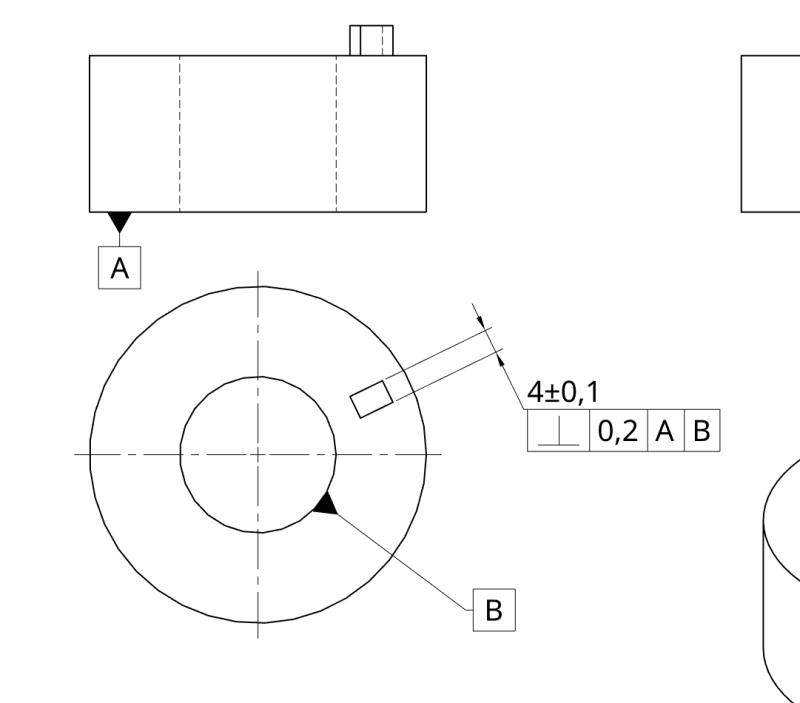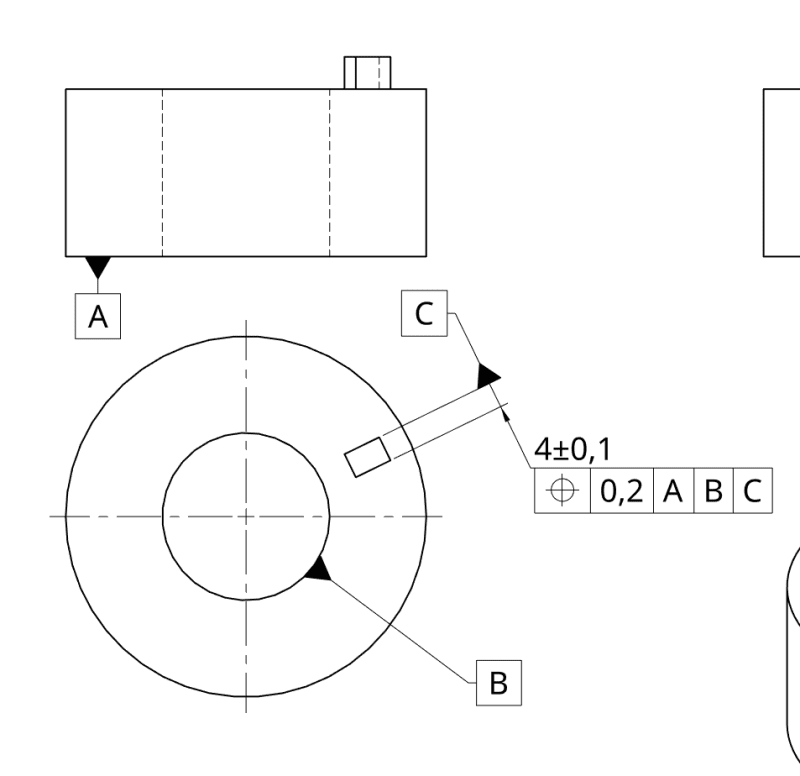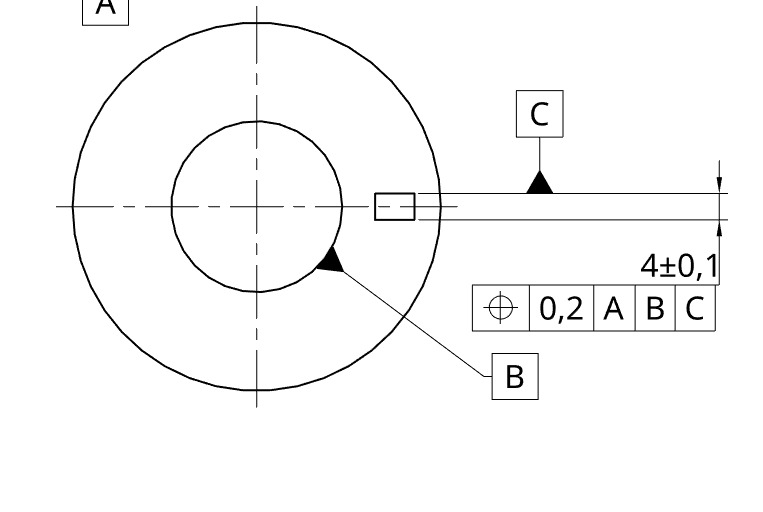cr7
Automotive
- Dec 21, 2019
- 65
Hi,
me and my coworker (both senior metrologist on the paper) are trying to decode this. And at least I can speak for myself, I don't deserve anything more than junior for not knowing this at 3 o'clock in the morning.
Attached are 2 versions: could the intent be identical? Only to control perpendicularity?
a) - Yes
b) - No -> It goes like this...
c) - What is wrong with you?
d) - answer c) + answer b)
Note that bump is intentionally clocked to relate to actual workpiece as much as it can.
Please tell me if I am missing some theoretical exact dimensions. Are they really needed here?


My try would be answer a) I imagine it like if GD&T is the language, drawing with perp is using "simpler/lighter" words and drawing with TP is telling the same thing with "stronger/more sophisticated" words. But it is probably answer d)
me and my coworker (both senior metrologist on the paper) are trying to decode this. And at least I can speak for myself, I don't deserve anything more than junior for not knowing this at 3 o'clock in the morning.
Attached are 2 versions: could the intent be identical? Only to control perpendicularity?
a) - Yes
b) - No -> It goes like this...
c) - What is wrong with you?
d) - answer c) + answer b)
Note that bump is intentionally clocked to relate to actual workpiece as much as it can.
Please tell me if I am missing some theoretical exact dimensions. Are they really needed here?


My try would be answer a) I imagine it like if GD&T is the language, drawing with perp is using "simpler/lighter" words and drawing with TP is telling the same thing with "stronger/more sophisticated" words. But it is probably answer d)


